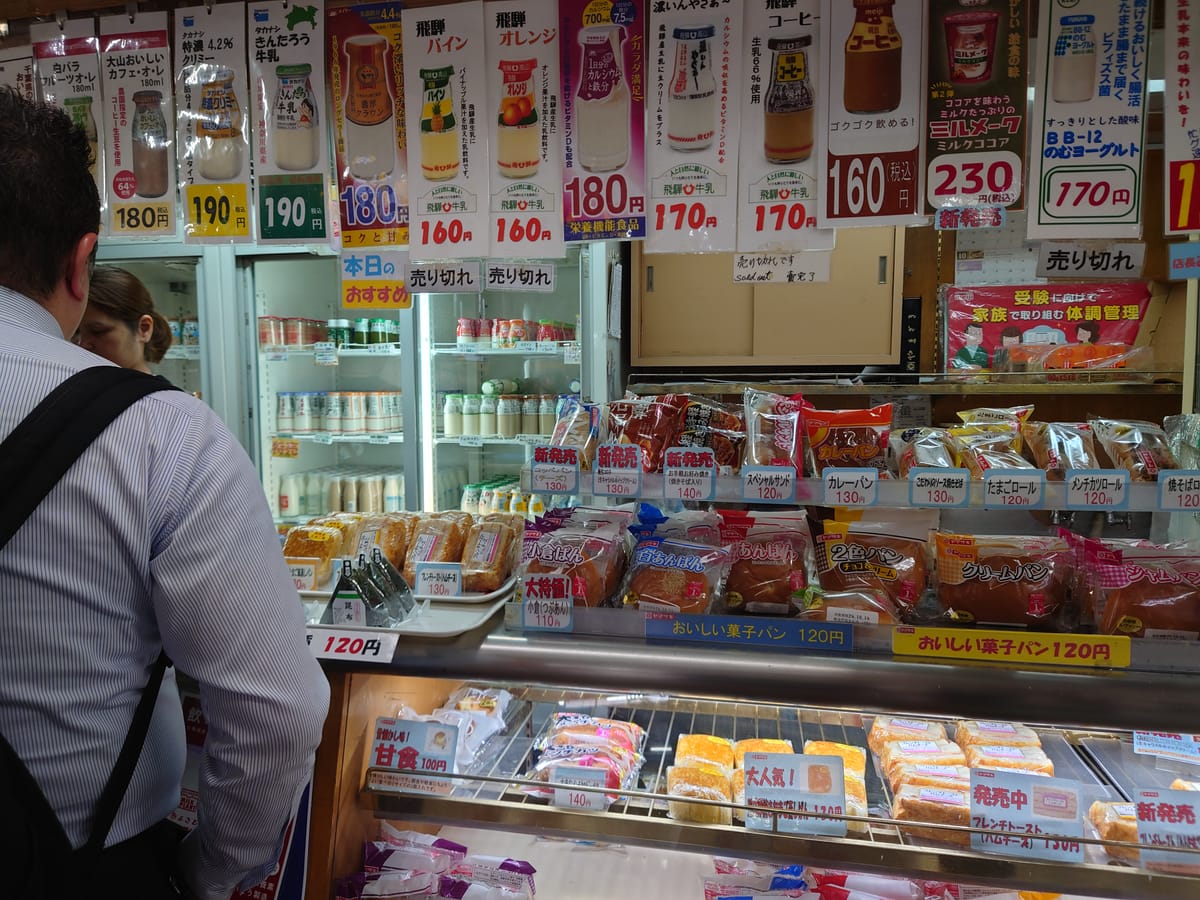The real test for subsidies is the submission of the activity report
My client received full approval for their subsidy application of ¥11m when the government accepted the activity report! It was such a long journey. While it has been a long process, I am delighted that my client's project is progressing with the support of the subsidy.

This week in Small Business Japan (17 Feb, 2025)
As I've discussed many times, funding is released only after the project is completed, the activity report is submitted, and the government grants the final approval. While the initial grant approval is cause for celebration, the real work—project completion and reporting—lies ahead.
It was the government's 'Business Restructuring Subsidy' that we recently worked with a client. This subsidy is aimed at businesses impacted by the COVID-19 pandemic, and one of the application requirements was that they had experienced a significant decline in sales during the outbreak. The purpose of the subsidy is to help these businesses restructure and recover. The final amount of the approved subsidy was ¥11 million, the full amount requested.
Most subsidies are paid in arrears. It's best to assume it will be about a year before you actually receive it. In fact, by the time we received notification that our client's application had been approved, nine months had passed since the first performance report was submitted. The amount ¥11 million was the largest amount I had ever managed in subsidy applications, so I had to deal with a massive amount of documentation, which was challenging. It took a very long time.
I've always taken a harsh view of subsidies whenever asked about it. They are paid in arrears, and considerable paperwork is involved. I always advise people about this because many tend to focus on money, which we are always worried about, and it's easy to forget the associated requirements. If you understand the process and can use the subsidy well, I believe it's worthwhile.
In this client's case, the subsidy was absolutely essential for rebuilding, and I'm relieved the full amount was approved. With the subsidy, they bought a new machine (which will be transferred soon!) and are already making new innovative products, exhibiting them at overseas trade shows and closing deals. The subsidy also covered expenses for exhibitions. I felt that the client's business plan was steadily coming to fruition.
The spring 2025 round of the Tokyo Startup Subsidy is fast approaching. If you're going to try, this week might be your last chance to prepare. I've written about why you need to prepare now in the link below, so please take a look if you're interested. A Q&A webinar is scheduled this Wednesday.

Dear Readers: We apologise for a technical issue that may have prevented some subscribers from receiving the following article on time.





